
The Blue Bottle, or Portuguese Man o’ War, is a common, if unwelcome, visitor of Australian beaches. At the mercy of the wind, they are sometimes blown into shallow waters, and often wash up onto the beach. As I walked along the sands around the Margaret River area I took many a picture of these unusual jelly fish, ignorant of their identity. Although they have a bright colour some of them are quite small and their tentacles can reach up to 10 meters in length so it is easy to get caught out and stand on them on the beach.
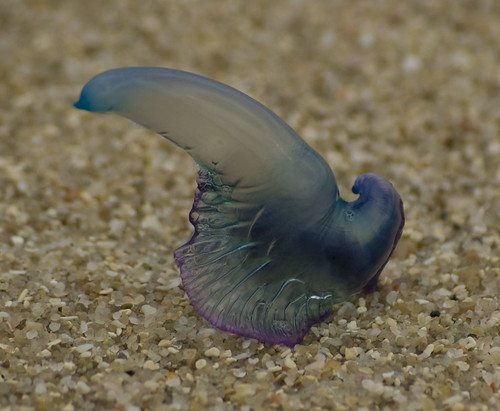
I asked a local guy, who was fishing on the beach, about the jelly fish.
“Is it OK to swim here?”
“Yeh, no worries.”
Long pause as I look at the hundreds of jelly fish washed up on the beach.
“Well what about these jelly fish, don’t they sting?”
“The Bluebottles? Yeh! They sting like a bastard, don’t touch them.”
“Do they sting you when they’re dead?”
“Yep”
“But, it’s OK to swim here?”
“Yep, just that if you get stung, you’re gonna know about it fast.” He chuckles.
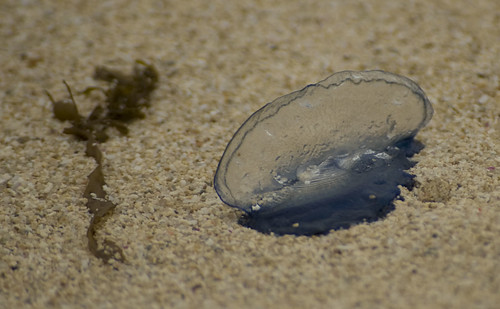
Although many beaches have emergency stations with vinegar for jelly fish stings, blue bottle stings are not treated with vinegar as this makes it worse. Just remove any parts still touching your skin and wash with water.
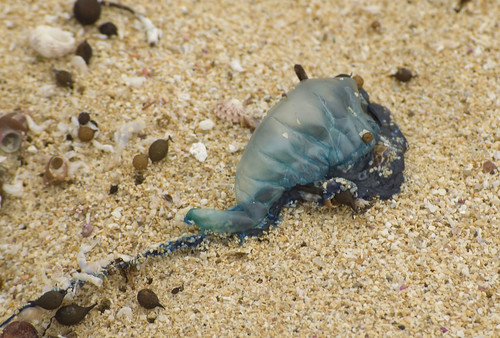
Interestingly, this blue bottle is not a true jellyfish. It is actually made up of zooids and is not a single organism. Each zooid has a specific role and together they function as if it were an animal. For example a number of zooids will make up the stinging tentacles, others will make up the feeding tentacles, etcetera.

The gas-filled float supports a number of specialised tentacles, which are actually members of a complicated colony.
The individual members, or ‘zooids’, cooperate to form what looks as if they are one animal-a jellyfish. Some zooids are specialised for stinging and capturing fishes and other marine animals, some are specialised for eating prey, and some are the reproductive members of the colony. Even the gas float itself is a modified colony member. In an amazing evolutionary survival too the floats are of two sorts, ones that face left and others that are angled toward the right. This means that the same wind will push the two variations in different directions, avoiding all the colonies becoming washed up on the beach and dying.
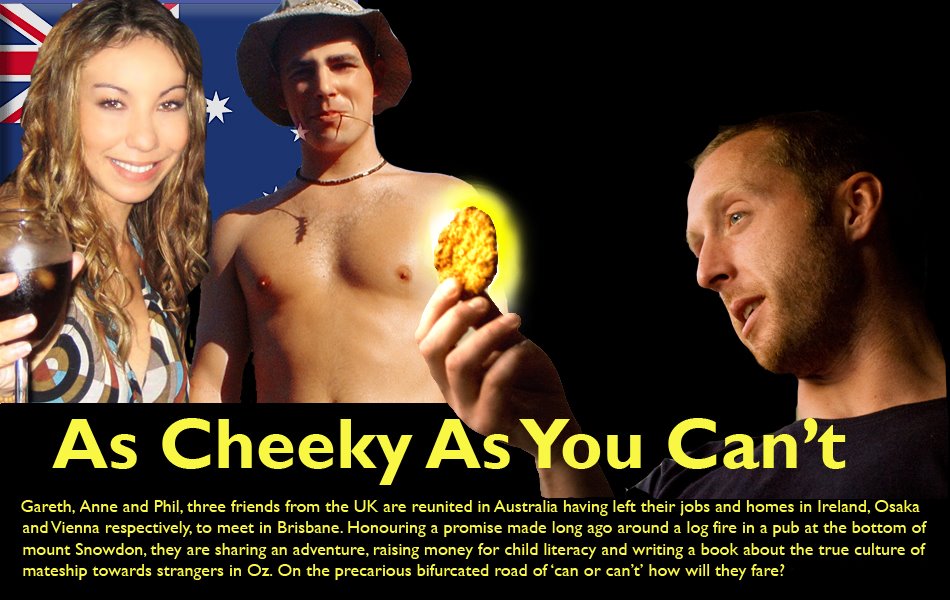




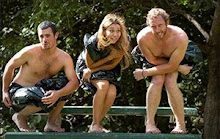
















No comments:
Post a Comment